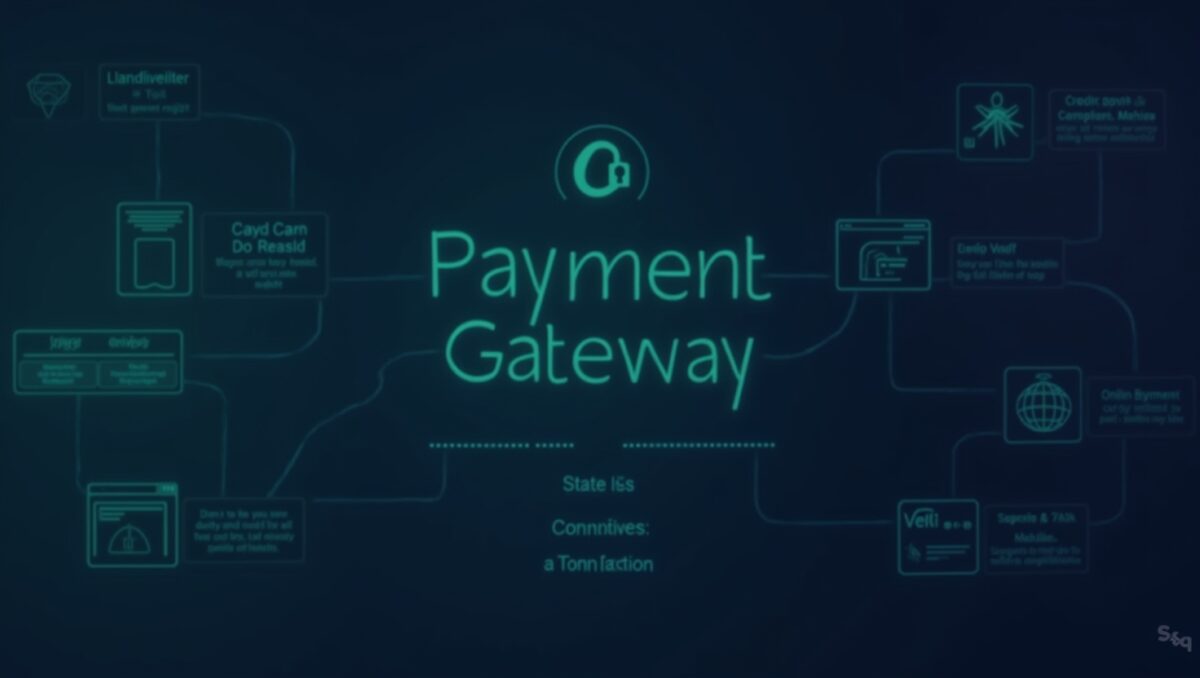Building an amazing open source project is only half the battle. With over 200 million repositories on GitHub competing for attention, even technically superior projects can struggle to gain traction without strategic visibility efforts. The difference between projects that thrive and those that remain hidden often comes down to how effectively they market themselves to the developer community.
The most successful open source maintainers understand that great code needs great promotion. They’ve mastered the art of building authentic relationships, creating compelling content, and leveraging the proper channels to reach their target audience. Here are seven battle-tested strategies that consistently help open source projects break through the noise and build thriving communities.
1. Master the Art of Documentation-Driven Marketing
Your documentation isn’t just a reference guide; it’s your most powerful marketing tool. Exceptional documentation creates viral moments that traditional advertising never could. Look at how Stripe’s API docs or Tailwind CSS’s guides get shared across developer communities purely because they make complex topics instantly accessible.
Start with a README that hooks readers in the first 30 seconds. Include a compelling project description, a clear value proposition, and a quick-start guide that gets users to their first success within 10 minutes. Add visual elements like GIFs or screenshots showing your project in action.
Create tutorial content that extends beyond basic usage. Write guides for advanced use cases, integration patterns, and real-world applications. These comprehensive resources often rank well in search results and serve as evergreen traffic drivers that bring new users to your project months or years after publication.
2. Build Strategic Content Around Your Problem Domain
Smart open source maintainers think beyond project-specific content. They position themselves as thought leaders in their entire problem space, attracting developers who might not initially know they need their specific solution.
Write technical blog posts about industry challenges your project addresses. If you’ve built a database tool, create content about database optimization, scaling strategies, or performance benchmarking. Share architecture decisions, lessons learned during development, and comparisons with alternative approaches.
Create case studies showing real-world implementations of your project. Interview users who’ve achieved significant results, document their implementation approaches, and quantify the impact. These stories resonate strongly with potential adopters who want proof of practical value.
3. Leverage Video Content for Maximum Engagement
Video content consistently outperforms text-only materials for developer tools. YouTube has become a surprisingly effective discovery channel, with many projects gaining substantial traction through well-produced technical videos.
Record screencast tutorials demonstrating your project solving real problems. Keep videos focused and actionable, most developers prefer 5-10 minute tutorials over hour-long deep dives. Create playlists that guide users from beginner concepts to advanced implementations.
Consider live streaming development sessions, Q&A calls, or community discussions. Platforms like Twitch, YouTube Live, and even Twitter Spaces provide opportunities to engage directly with your community while creating shareable content that showcases your project’s capabilities.
4. Execute Strategic Community Outreach
Effective outreach requires identifying where your target users already spend time and contributing genuine value before promoting your project. The most successful maintainers become respected community members first, project promoters second.
Participate actively in relevant Reddit communities, Discord servers, and specialized forums. Answer questions thoughtfully, share insights, and build relationships. When you do mention your project, it should feel like a natural solution recommendation rather than promotional content.
Engage on Stack Overflow by providing detailed answers that demonstrate your expertise. Include your project as a solution when genuinely relevant, but focus on solving the user’s immediate problem first. Well-crafted Stack Overflow answers create lasting value and continue attracting users long after posting.
Professional digital marketing strategies can amplify these organic efforts, particularly when targeting specific developer communities or technical decision-makers who need visibility into innovative solutions.
5. Maximize Conference and Event Opportunities
Speaking at conferences establishes credibility while exposing your project to engaged technical audiences. Even local meetup presentations can lead to valuable connections and project adoption.
Apply to speak at relevant conferences with talks that provide genuine value beyond project promotion. Share lessons learned, architectural insights, or industry analysis that happens to showcase your project as part of the solution. Audiences respond better to educational content than sales pitches.
Participate in or sponsor hackathons related to your project’s domain. Offer mentorship, provide prizes for innovative implementations, or create challenges that encourage creative use of your tools. Many breakthrough adoption stories begin with hackathon projects that evolve into production applications.
6. Optimize Distribution and Discovery Channels
Package managers serve as crucial discovery points where developers search for solutions to specific problems. Optimize your presence on npm, PyPI, Maven Central, or relevant repositories with compelling descriptions, comprehensive metadata, and clear installation instructions.
Craft descriptions that immediately communicate value and differentiate your project from alternatives. Use relevant tags and keywords that match how developers search for solutions in your category. Include links to documentation, community resources, and example implementations.
Monitor trending sections and featured project opportunities within these platforms. Understanding their recommendation algorithms helps optimize your project’s visibility within these critical distribution channels where developers actively seek new tools.
7. Implement Partnership and Cross-Promotion Strategies
The most explosive growth often comes from strategic partnerships with complementary projects or integration showcases with popular tools. React’s ecosystem expansion accelerated through excellent integration examples with complementary libraries.
Identify projects that serve similar audiences or integrate naturally with your solution. Collaborate on joint tutorials, cross-promote in documentation, or create comprehensive integration guides that showcase both projects. These partnerships provide mutual value while expanding both projects’ reach.
Build relationships with maintainers of popular projects in adjacent spaces. Contributing to their projects, offering integration support, or simply engaging constructively in their communities can lead to valuable cross-promotion opportunities and technical collaborations.
Measuring Success and Iterating Your Strategy
Sustainable visibility growth requires tracking meaningful metrics beyond GitHub stars. Monitor active usage patterns, community contribution rates, and integration examples created by others. Set up analytics for documentation sites and track referral traffic sources to understand which strategies drive genuine adoption.
For developers looking to understand broader industry trends and benchmark their projects against ecosystem patterns, participating in community research initiatives like the Developer Nation surveys provides valuable context while contributing to industry knowledge that benefits the entire developer community.
The most successful open source projects evolve from individual efforts into community-driven ecosystems. This requires intentional leadership development, clear governance structures, and recognition programs that transform users into advocates who amplify your project within their own networks.
Building open source project visibility demands patience, consistency, and genuine commitment to community value creation. Projects that achieve lasting impact solve real problems, maintain high-quality standards, and invest continuously in relationship building. By combining technical excellence with strategic visibility efforts, your open source project can build the recognition and thriving community it deserves.



